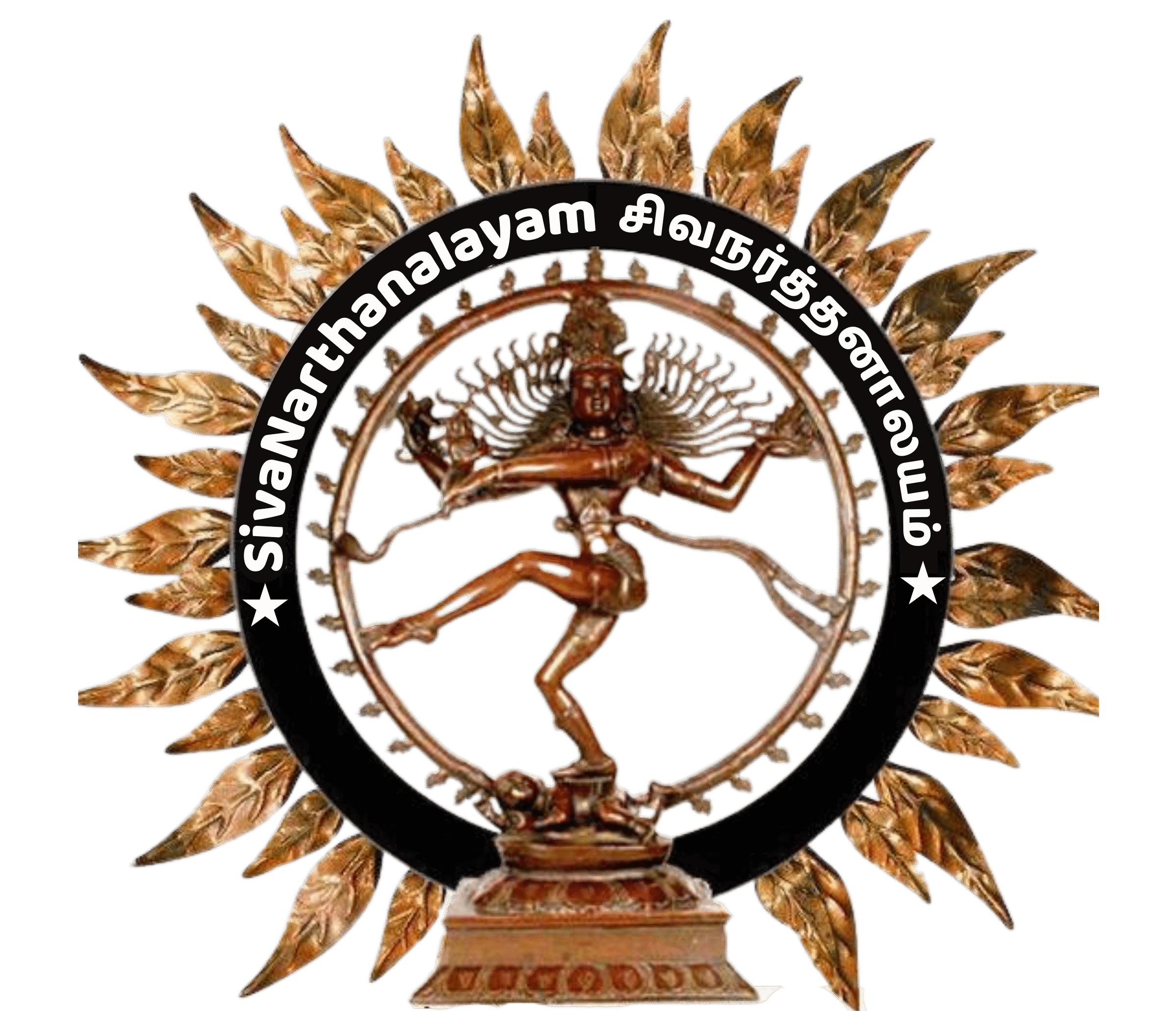In Bharatanatyam, the Arangetram is a milestone that every dedicated student aspires to. The word Arangetram translates to “ascending the stage”, and it marks a dancer’s first full solo performance. This debut is more than just a performance—it is the culmination of years of training, discipline, and devotion, and it signifies that the student is now ready to present their art independently.
The Meaning of Arangetram
An Arangetram is usually performed ten to twelve years after a student begins learning Bharatanatyam, though the timing depends not on years alone but on the guru’s belief that the student is ready. The event is often seen as a coming-of-age celebration, honoring the hard work of both student and teacher.
The debut itself is demanding: the dancer performs a full repertoire of dances for nearly three hours, showcasing stamina, concentration, and mastery of technique and expression. Each dance performed also reflects aspects of Hindu philosophy, devotion, and storytelling.
The Sequence of Dances in Arangetram
A Bharatanatyam Arangetram traditionally follows a set structure known as the Margam, a sequence of seven to eight items that gradually unfold in complexity and depth.
Pushpanjali
The performance usually begins with Pushpanjali, meaning “offering of flowers.” Here, the dancer offers salutations to the deities, the guru, and the audience, marking the respectful beginning of the recital.
Alarippu
Sometimes, the opening includes Alarippu, a rhythmic invocation and pure dance sequence. This item acts as both an offering and a physical warm-up, helping the dancer focus fully on the performance.
Jatiswaram
Next comes Jatiswaram, which introduces melody alongside rhythm. Though it remains a pure dance (nritta), it blends music, movement, and rhythm, displaying technical precision.
Shabdam
With Shabdam, expression enters the performance for the first time. Words and meaning are introduced, often in compositions praising deities like Krishna, Shiva, Rama, or Murugan.
Varnam
The centerpiece of the recital is the Varnam, the longest and most elaborate section, often lasting 30–60 minutes. It combines intricate dance with storytelling (nritya) and offers the dancer scope for improvisation. The themes may include love, devotion, or cosmic battles, and it requires both technical skill and expressive depth.
Padam
Following the intensity of Varnam, the Padam is slower and more intimate. Here, devotional themes or expressions of spiritual love are conveyed through delicate gestures, emotional expression (abhinaya), and softer music.
Tillana
The performance then builds to its climax with the Tillana. This is a joyful, energetic piece filled with rhythm, fast movements, and pure dance.
Shlokam or Mangalam
The recital concludes with either a Shlokam or a Mangalam, invoking blessings for the audience and the world, bringing the performance full circle.
The Symmetry of Margam
The legendary dancer Balasaraswati beautifully described the Margam sequence as a journey: from rhythm alone, to rhythm and melody, then adding meaning, expanding into the grandeur of Varnam, and finally returning to pure rhythm and devotion. This completeness gives Bharatanatyam its unique structure and spiritual depth.
The Arangetram, then, is not just a performance—it is a rite of passage. It honors the ancient tradition of Bharatanatyam, celebrates the bond between guru and disciple, and marks the dancer’s readiness to step onto the stage as an artist in their own right.

